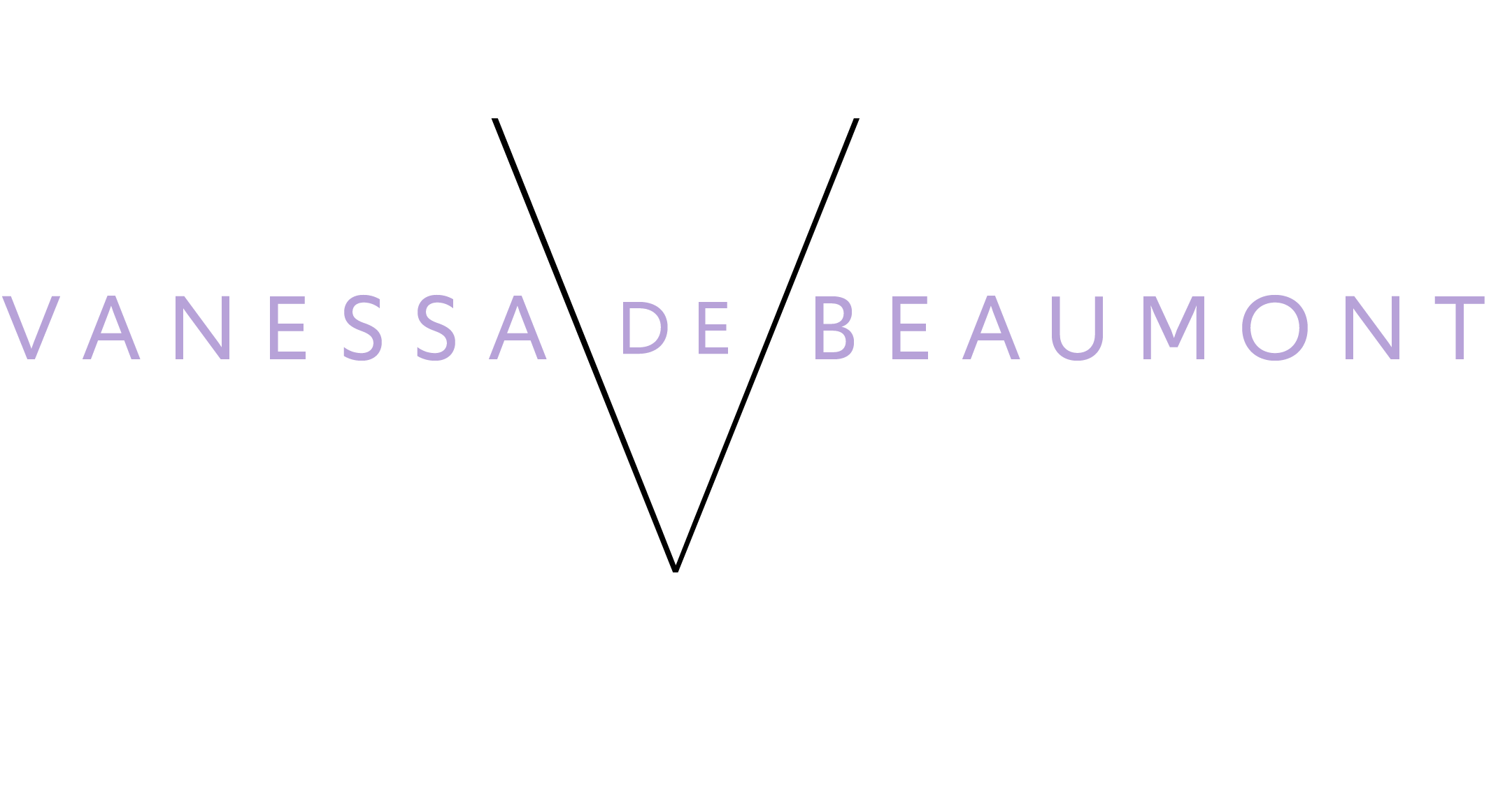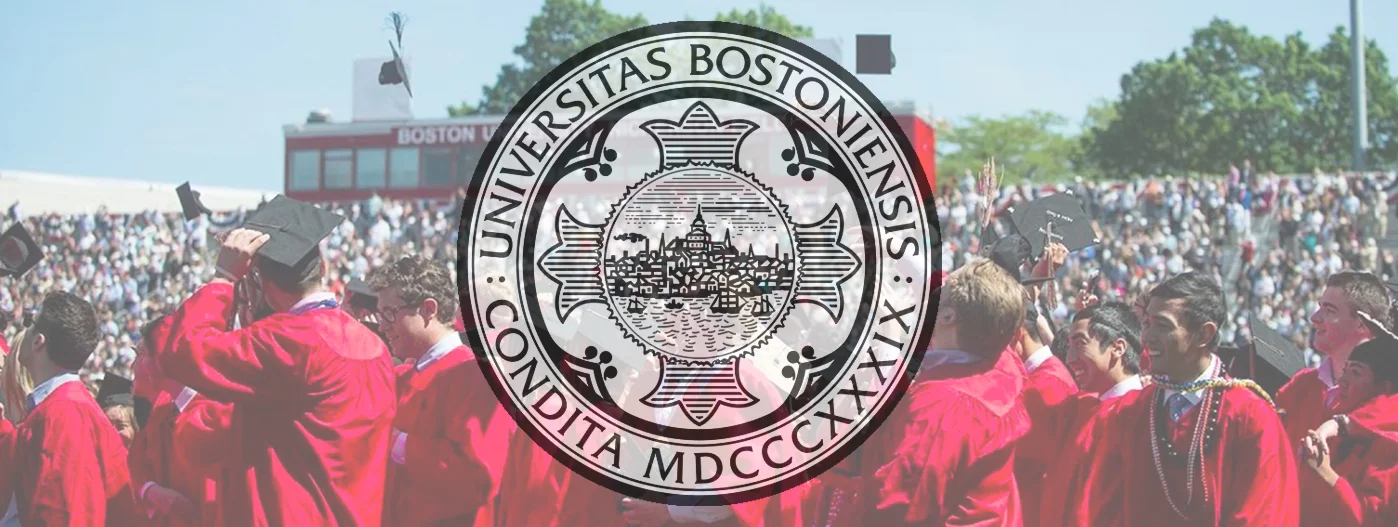Media Relations
A week ago, I feared the eventual loss of my enthusiasm for the games I love if put in a beat reporting role. After this past week, however, I am convinced that any such zeal would be checked not at the door but in the parking lot should I find myself working in media relations.
This, of course, comes with no disrespect to Michael Jurovaty or Sarah McMahon on their career choices. In fact, as many of my classmates pointed out, their formulaic responses (McMahon to a less monotonous extent) revealed the extent of their belongingness in the field. Even the 23-year-old, however, so new to the job, admitted to already finding hockey at the bottom of her list of recreation, reality TV being at the top.
But I have no criticisms for their use of personal time (even if I continue to be sadden by the beaten-down and trodden-up inner fans). Instead, as a journalist, I, naturally, have objections to their vice grip on team-related content, information and messages.
Ironically, I can’t help, however, but think that, in the pursuit of shaping messages, media relations may in fact be perpetuating the spread of false information.
“I’m not in the business of confirming or denying rumors,” Jurovaty said. On the one hand, it’s a noble and legitimate pursuit. Stay above the fray and negative outcomes rarely occur. But would not ending the fray before it even began be best? Speculation exists only when there is a lack of definitive information, and sometimes, even if it’s false, that speculation can be damaging, particularly to a team’s image.
In the case of the New England Patriots in particular, their tight-lipped M.O. has allowed many possibly misconceived notions to be made by the general public. Sure, they may seem cool and collected in the face of a cheating allegation and investigation, but by sending out purely canned, reactionary content, the evidence suddenly becomes more implicating. While there is definitely something to be said about taking the high ground, a lack of denial can easily be spun into a confession. In other words, why not simply nip things in the bud? “No, we’re not at all interested in trading for Johnny Manziel.” There you have it. The end. The rumor mill, at least the reputable one, ceases churning.
McMahon echoed a similar sentiment by saying that she is “not usually the one to give out scoops,” attributing the information leaks to the Providence Bruins’ head coach instead. This I find much more understandable Jurovaty’s statement. There’s no place in professional journalism for gossip, especially not the kind which begins from within the team itself, but, in “certain circumstances” (as the pair preferred to say), I could almost see how leaking information could best serve the goal of controlling the message.
They, obviously, aren’t the only ones attempting to mediate and mold what exists their facilities. The Yankees, in addition to posting that intriguing sign, have required players to view examples of Cam Newton and Russell Wilson’s post-Super Bowl loss press conferences, drawing from the former how not to act while instilling within them the positive qualities of the latter (http://bleacherreport.com/articles/2618727-yankees-emphasize-russell-wilson-over-cam-newton-qualities-in-media-training). As classmate Rachel Blauner delves into, this could soon be an issue of non-information, a barrage of monotony as it were. With journalists attempting to break through the repetitious responses and media relations professionals reinforcing their resolve, a stalemate is inevitable, and, in the end, although journalism careers will rarely be taking off after a breaking news incident, fans will be the ones to suffer the most. Something will have to give, and, unfortunately for those finding employment in brand management, the ones to take the lead on ending that stall of vibrant, meaningful conversation will likely be the athletes themselves.
For as much as there is friction between media relations and journalists, however, there is, interestingly, a common enemy: The Player’s Tribune and outlets like it (albeit for different reasons). Despite linebacker Jerod Mayo’s own declaration of retirement on social media, Jurovaty didn’t seem keen on confirming the news (which interestingly refers back to my frustration with the lack of confirmation and/or dispelling of rumors). Even McMahon admitted to some more-than-mild Twitter monitoring for messages ill-conceived by the young Bruins.
Journalists, including my classmates and past seminar guests, have expressed a distaste for all of these platforms because of their attempts to extract them from the equation. It seems, however, that athletes are also trying to give their media relations pals the boot as well, perhaps tired of the confines with which they are allowed to express themselves (if it can be even referred to as such). Is it possible that the players in question are ick of the short leash they’re being kept on? If so, this could prove to be advantageous for any reporter who has the trust of an annoyed athlete keen on bypassing the stuffy protocols set forth. Simply food for thought.
Mutual nemesis, however, weren’t the only common ground I discovered. I was heartened by the relative accessibility someone such as myself could have with requesting interviews. It isn’t as if I ever imagined myself sauntering in for a feature, human-interest piece on a player anytime soon, but, after speaking to both professionals, it seems that, with the proper reasoning and demeanor, there may be greater availability than I had anticipated.
Which, at the end of the day, was the greatest takeaway. While I had been dead set on enthusiasm holding the title of “Universal Key,” it seems that a composed, dutiful disposition is the way to go. So long as the more refined approach doesn’t lead to the austere, I’m more than willing to button up to get the job done.

